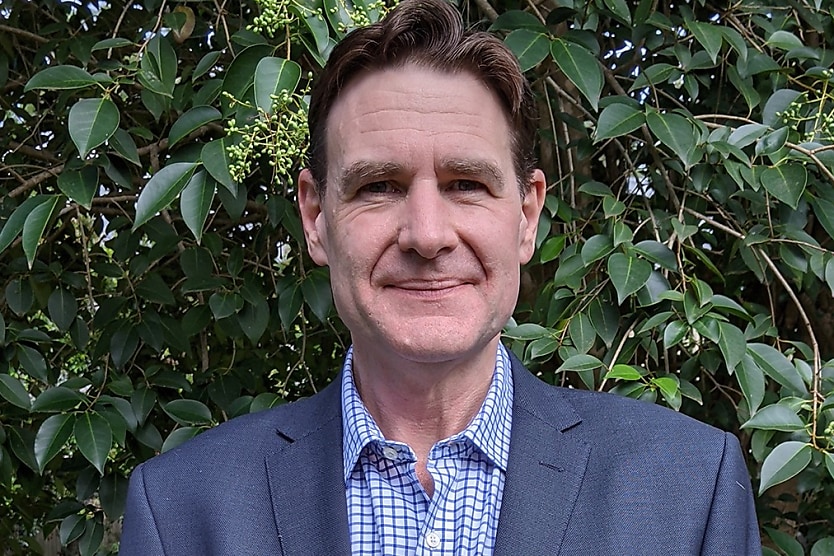The challenges of building relationships virtually
SHARE THIS ARTICLE

With many organisations opting for home or hybrid working, employees may be feeling a sense of isolation from their colleagues. People management specialist Dr Dominic McLoughlin sat down with The HR Leader to discuss some of the hurdles staff face when working from home and how employers can assist in boosting engagement.
Dr McLoughlin says the pandemic has impacted the traditional work routine: “We’ve had a lot more virtual working. There are undeniable benefits to virtual working, but I think it can also increase that sense of isolation. There are no longer as many opportunities to have that casual conversation.”
“[We’ve had to adjust to] booking a time to have an informal meeting [which] creates a formality. There are some real issues there … Sometimes water cooler conversations, cafeteria conversations, there’s a lot of learning that goes on … Those conversations can really help share information across an organisation,” explained Dr McLoughlin.
Employers can do their part to keep workers engaged during isolating periods. Dr McLoughlin says that promoting discussion that isn’t work related is a great way to connect staff and maintain a friendly atmosphere that may be lacking while working from home.
“We have to try to be a little bit more conscious about how we can counter that move to the virtual and how it could replicate more casual interactions,” said Dr McLoughlin.
“Some ideas might be regular check-ins about work in progress. Sometimes people have even had, and I think we all got sick of these during COVID-19, but the Friday night drinks kind of Zoom meeting. There is a place for those less formal [interactions], and maybe it’s just saying for the first 10 minutes we don’t talk about work and then we move into our meeting,” he added.
Dr McLoughlin says setting boundaries for staff can help to keep them engaged, which in turn, can assist in connecting colleagues: “Hybrid is trying to make sure we maintain that cohesion, but also give people the flexibility to not have to be in traffic for hours ... A couple of things that some managers have found helpful is to set up some rules around online meetings.”
He continued: “The first rule was cameras on. There are a lot of people sitting there without their cameras on so there’s no connection. You can’t see how the message is landing. The other one was to have no multitasking. So, if you see someone on their phone or on some other device whilst the meeting’s going on, that was a no-no.”
Dr Mcloughlin noted that planning and preparation are what will make the difference: “You can do more preparation by having a more detailed agenda, but also by having a conversation with each participant beforehand. ‘This is why I’ve invited you. This is the aspect I’m interested in, but I’m also interested in your general thoughts’.”
He continued: “That sort of preparation seems like it’s more time consuming. Why can’t I do it in the meeting? But actually, it tends to bring about more investment and people then take the meeting as being valuable. They know why they’re there. They know what aspect they’re trying to contribute to.”
The transcript of this podcast episode, when quoted above, was slightly edited for publishing purposes. The full audio conversation with Dr Dominic McLoughlin is below, and the original podcast article can be found here.
RELATED TERMS
Employee engagement is the level of commitment people have to the company, how enthusiastic they are about their work, and how much free time they devote to it.
The goal of team building is to instil a culture of interdependence and trust among employees so that they feel appreciated for the work they do and appreciate what others bring to the table. Although this may be implemented as a training programme, it mainly depends on morale and company culture to develop a long-lasting, maintained feeling of team.
Jack Campbell
Jack is the editor at HR Leader.

